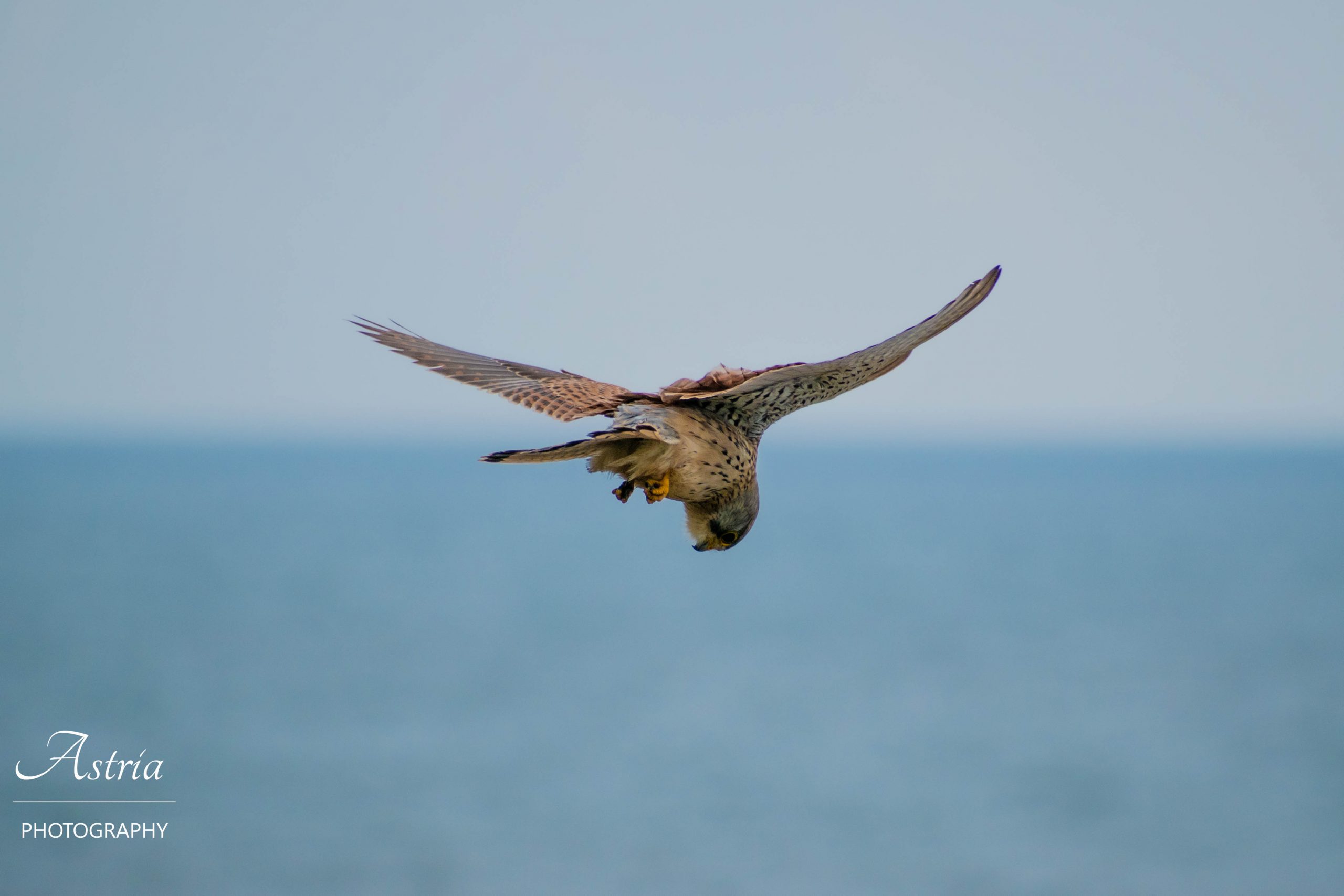Kestrels are one of the most beloved and majestic birds of prey, known for their distinctive markings and incredible hunting skills. Photographing these birds can be a challenging yet rewarding experience, requiring patience, skill, and a keen eye for detail. In this article, we’ll discuss some tips and techniques for capturing stunning images of kestrels in their natural habitats.
- Research the Behaviour of Kestrels
Before setting out to photograph kestrels, it’s essential to understand their behaviour patterns. Kestrels are known to be territorial birds, which means they are more likely to return to the same location regularly. Therefore, it’s essential to find a suitable location where you can observe the birds’ behaviour and capture their images.
In addition, kestrels have specific hunting behaviors, such as hovering or hovering over a specific area, which can provide excellent opportunities for photographers to capture stunning shots. Observing these behaviors and understanding the movements of kestrels will help you anticipate their movements and get the perfect shot.
- Choose the Right Equipment
Choosing the right equipment is essential for capturing stunning images of kestrels. A camera with a fast shutter speed and continuous shooting mode is necessary to capture the fast movements of these birds in flight. Additionally, a telephoto lens with a focal length of at least 300mm is ideal for capturing close-up shots of kestrels.
Other essential gear includes a tripod or monopod for stability, especially when shooting from a distance, and a polarizing filter to reduce glare and improve image quality. Carrying extra batteries, memory cards, and protective gear like lens hoods is also recommended.
- Find the Right Light
The right lighting is essential when photographing kestrels. The best light for bird photography is typically early morning or late afternoon when the light is soft and warm. This light provides a softer contrast and warmer tones, enhancing the beauty of the bird’s feathers.
It’s also important to avoid harsh light conditions, such as direct sunlight, which can create harsh shadows and wash out the image’s details. Shooting in cloudy conditions or using diffused light can also create soft and natural images of kestrels.
- Use a Fast Shutter Speed
Capturing fast movements of kestrels requires a fast shutter speed to avoid motion blur. A shutter speed of at least 1/1000th of a second is recommended for capturing birds in flight, ensuring sharp images and frozen movement.
Using a continuous shooting mode can also increase the likelihood of capturing sharp images of kestrels in motion. It’s essential to experiment with different shutter speeds and camera settings to find the perfect balance of sharpness and exposure.
- Get Creative with Composition
Composition is an essential element of bird photography and can be a creative way to capture stunning images of kestrels. Experiment with different angles, framing, and perspectives to add depth and interest to your images.
Using the rule of thirds or leading lines can create dynamic compositions and draw the viewer’s eye towards the kestrel. Additionally, incorporating the bird’s environment, such as trees or other elements, can add context and visual interest to the image.
Conclusion
Photographing kestrels can be a challenging yet rewarding experience for photographers. Understanding their behavior, choosing the right equipment, finding the right light, using a fast shutter speed, and getting creative with composition are essential elements of capturing stunning images of these majestic birds of prey.
Whether you’re an experienced photographer or just starting, these tips and techniques will help you capture the beauty and majesty of kestrels through photography. With practice and patience, you can create stunning images that showcase the power and grace of these magnificent birds.

